
Gameplay
The crafting system is intended to use resources and base goods to create more advanced elements. Almost all items available in the simulation are craftable, except some special/quest items and living beings (e.g. animals).
Process of crafting:
To create a desired item, the player would use the right blueprint e.g. blueprint for Medpack. Such a blueprint contains all of the information needed for creating an item: which and how many resources need to be used, and which special conditions would be met to create an item (e.g. to create Medpack player would use Antibiotics and Bandages). Blueprints can be obtained in several ways, as follow:
- mission reward.
- part of the loot (found in Chest).
- buyable in the game Marketplace.
Once the player has a recipe, he knows which resources need to be collected. Some of the resources are very common, while others are very special and can be found in special places (this fact can trigger special resource mission for finding on the desired resource). Also, a player can collect in advance any resources he finds, as to just get them at hand once he will find a proper recipe to use them for creation of something useful or valuable for others. Both blueprints and resources can be sold on the game market to the other players (and, of course, finally created goods too).
However we need to remember that players have limited load capacity, and cannot endlessly store more and more resources in their pockets. In fact he needs to visit his HQ from time to time to unload resources into the stash and go back to explore the simulation (game) world or use the appropriate vehicle.
When a player has a proper recipe and enough resources to create the item, he can start the process. In practice all the resources used for creation are consumed and the desired items appear in the player’s inventory. Sometimes to create the item the player needs some special conditions, like using the workbench.
Process of crafting of item
- Created item can be the subject of the next actions. Player can:
- sell it;
- give it to other player or NPC (as he demands it due to the quest assigned to the player);
- save it for own needs (e.g. to decorate own HQ);
- use it for further creations – e.g. for creation of a set of items (like a set of clothes).
Player can create almost endless variations of the items as he can use many different factors.
For example, Cotton (resource) is needed to create Fabric (item). With the use of Fabric and T-shirt Blueprint player can create T-shirt (final item). As per default all the created items have white colour by default, except the recipe says something different (e.g. recipe for Red Hat).
Crafting during Missions:
Sometimes subject of the mission is crafting of the specific item – it can be e.g. carbon dioxide filter which protects colony inhabitants from dangerous intoxication. Once player will pass the whole process of item creation – he need to find proper blueprint and resources, then craft and mount mission item – then mission is completed and player gets his reward.
Crafting as Brigade’s activity:
Some of the items can be expensive (e.g. surveying satellite) in terms of the resources which are needed (and consumed) in the process of their creation. At this case their construction is possible upon the joint effort of Brigade – all it members donates some part of the resource to fill the whole needed amount. Such constructions brings benefits whole Brigade – e.g. surveying satellite allows all Brigade members to spot everything on the planet surface on 10% greater distance (including loot containers).
Rarity of crafting ingredients:
To give the players better understanding of the value of the different resources, they are divided into five categories, from the most popular and cheapest to the extremely unique and highly priced. These categories are sorted as follow:
Grey – very popular items of rather poor quality
Green – popular items of standard quality
Blue – less amount of items above standard quality. Items in this category have additional slot.
Orange – small group of highly desirable items. Items in this category have two additional slots.
Red – a single, most famous items. Items in this category have three additional slots.
- Created item can be the subject of the next actions. Player can:
Non Fungible Tokens (NFT)
NFT (Non-Fungible Token) is used to represent ownership of unique items. We can tokenize different virtual things, like art or collectibles. They can only have one official owner at a time and no one can modify the record of ownership or copy/paste a new NFT into existence. To give players some measurement of the NFT value, we are dividing them on three grades (tiers) as follow:
- Common items of rather low value
- Rare items above standard value
- Epic items with high value
Later on we will introduce highest tier:
- Legendary loot with highest value
Each NFT can give selected bonuses to the user, or just have only tradeable value, like any “real” collectible item
NFTs will be presented in the game in two main modes, as wearable elements, visible on the avatar, and on the player’s portrait. Player’s portrait is necessary to show tiny elements, like rings or necklaces, which are hard to spot on a rather generic looking avatar (it has not much distinctive details, eg. he has no eyes, mouth, node or ears).
In general NFTs are divided into solid items and utility items, Utility items disappear over time, but they can turn into solid (infinite) items, once the player will fulfil a simple task, which “hardens” the utility NFT. Only solid NFTs can be subject to trade.
Following basic economic principles, the value of the item should be determined by its rarity, as well as the overall popularity of the item, hence it could be presented like this:
value = (D × P × D2) / I
Where:
D = drop chance (%)
P = popularity
D2 = durability score
I = Similar items available in the market at the time of calculation.
*Distribution of NFTs*
Examples of NFT items
Oxygen Generator (Common grade) – creates 100 units of Oxygen
Superfood Ration (Common grade) – feeds the player by 2 days
Infrared Googles (Rare grade) – allows player to see in complete darkness
Set of Titanium tools (Rare grade) – player can work 10% faster
Lucky Stone (Epic grade) – player have 10% better chance to find loot of better grade (e.g. Rare instead of Common)
Portable Computer (Epic grade) – player consumes 1 PU less per day.
Each avatar can wear different pieces of Clothes or Jewellery.
Each of these items have different colour markings depending on their rarity as follows:
Grey – common items of rather poor quality
Blue – rare items above standard quality
Red – epic items with high statistics
All of the items above are collectibles (see later) and are unique NFT items, which are tradeable with other players.
Chain of user’s activity
Here we are notifying all the gameplay actions which can be raised by the player during the gameplay session from it start (login to the game) to end (player logs off from the game).
- Player logs into the game.
- He can begin a new game or continue existing (saved) game session. If the new game begins, the player is convinced to play the Tutorial mission (non-skippable).
- The player continues gameplay. He can perform such activities as:
- receive the daily reward;
- participate in game activities (e.g. Brigade, missions, raising of buildings, etc.);
- open loot boxes/Chests;
- managing collectibles and consumables.
- Learn and earn certifications.
- The player logs off from the game.
The Marketplace (Game Store) serves two purposes in the concept. Firstly it will input new collectibles into the game economy, adding excitement and diversity to the experience. Secondly it will establish expected price ranges for new and existing collectibles. The store will hold a wide range of collectibles. The pricing will be set by game for each collectible or rarity group. Consumables can also be purchased in the Game Store.
The Game Store is also a place of the player-driven marketplace for exchanging /selling the collectibles. Users wanting to get their hands on consumables or collectibles are able to purchase them from other players.


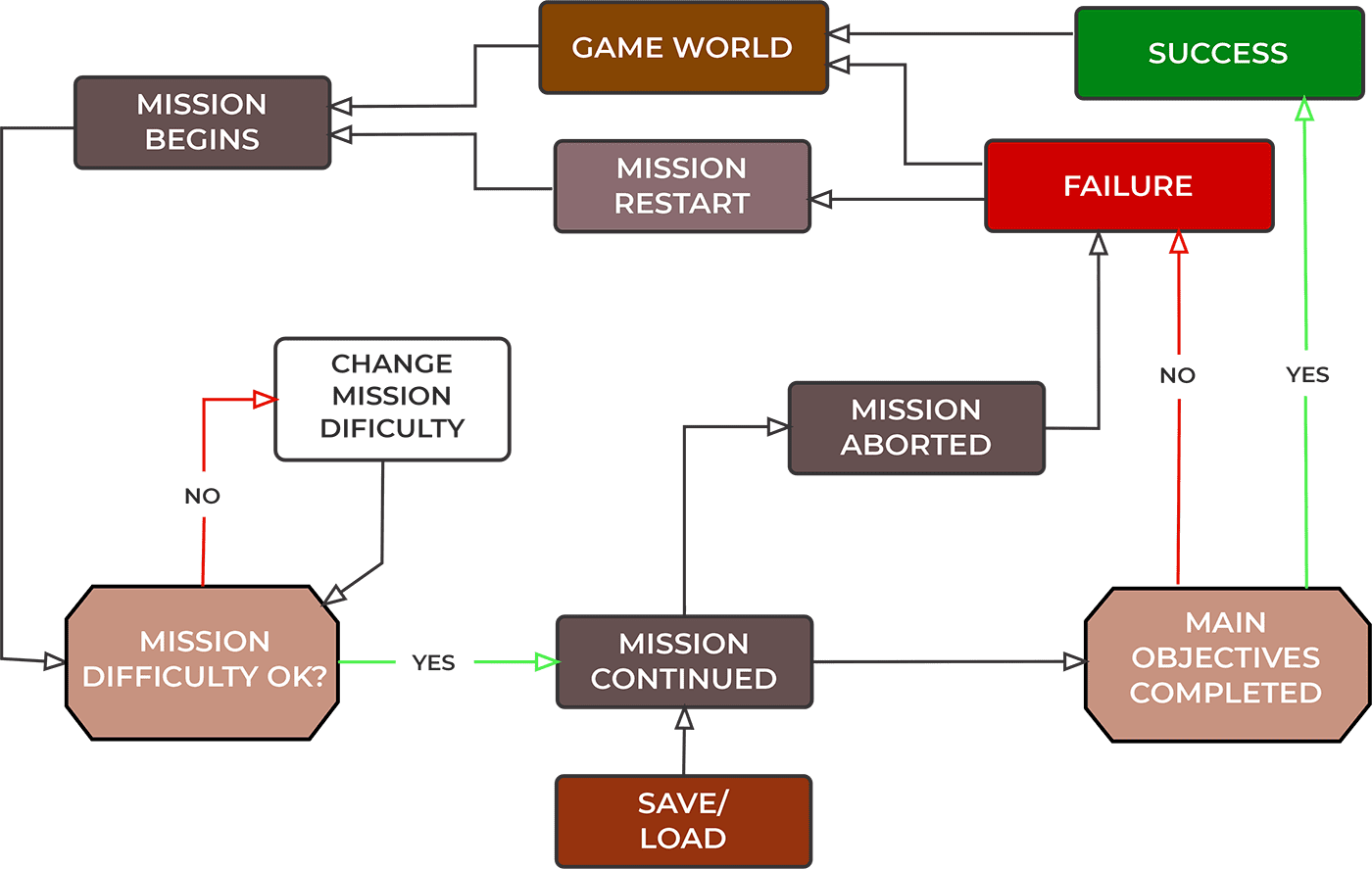
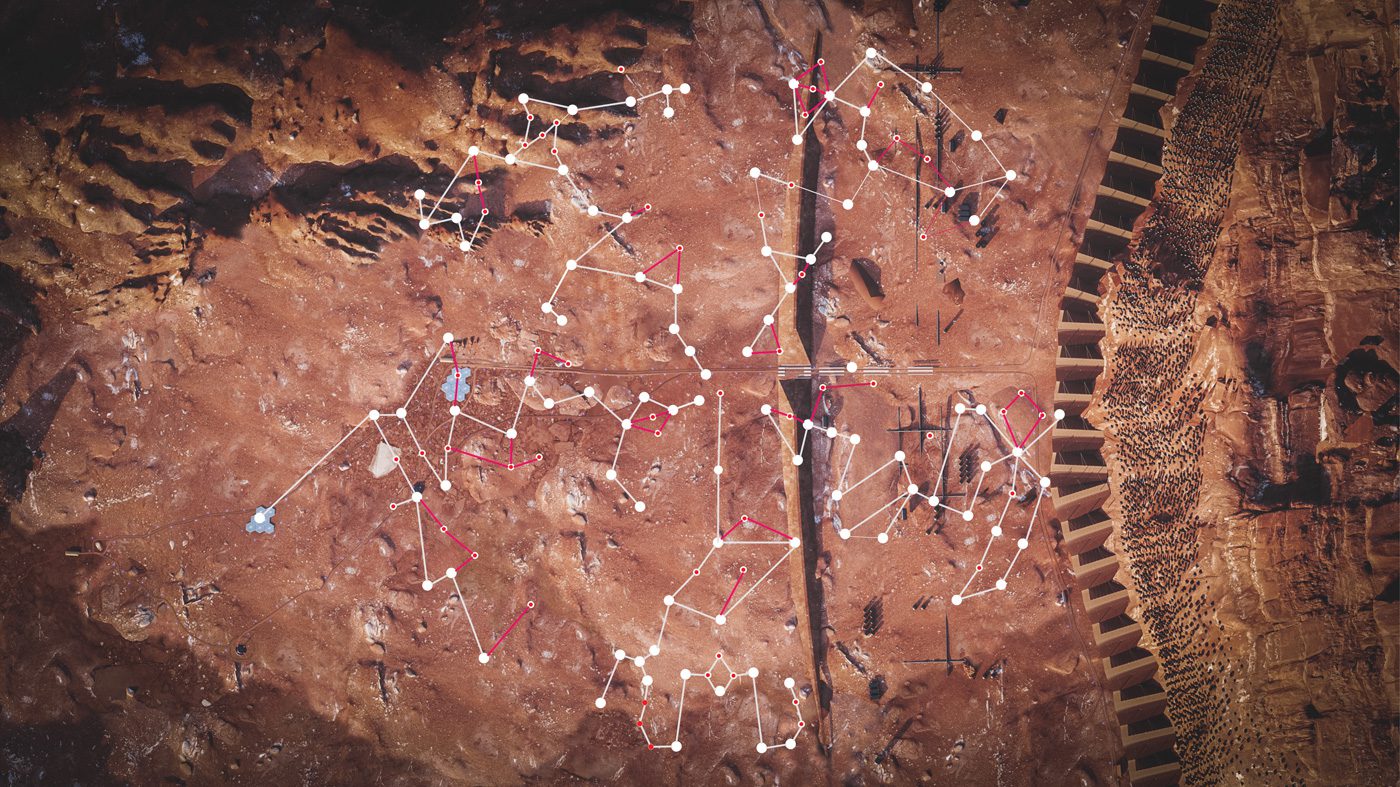 Development of the Abilities
Development of the Abilities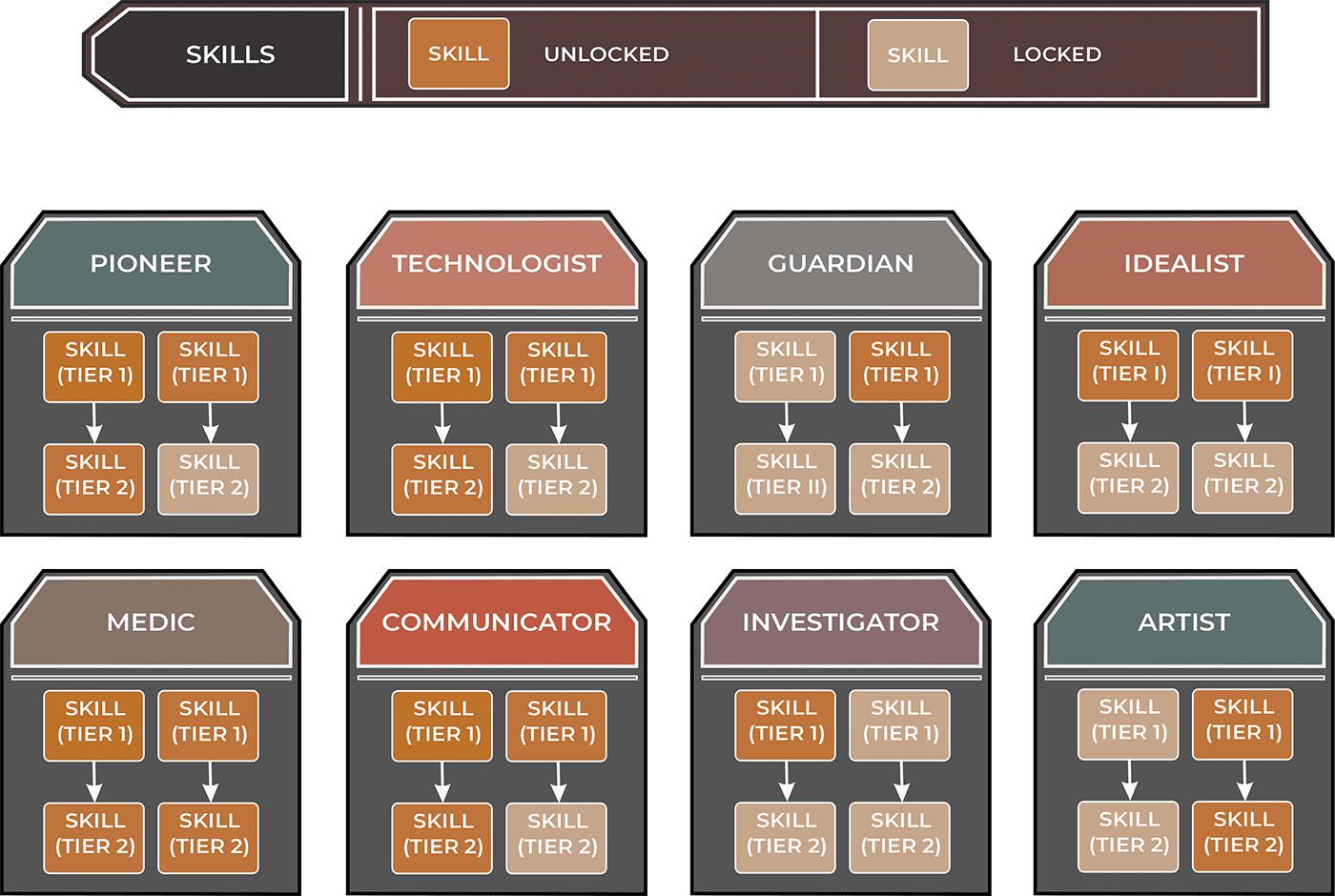 Summary of Skills and their Tiers
Summary of Skills and their Tiers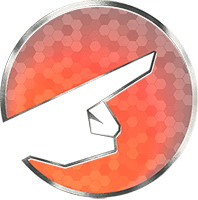








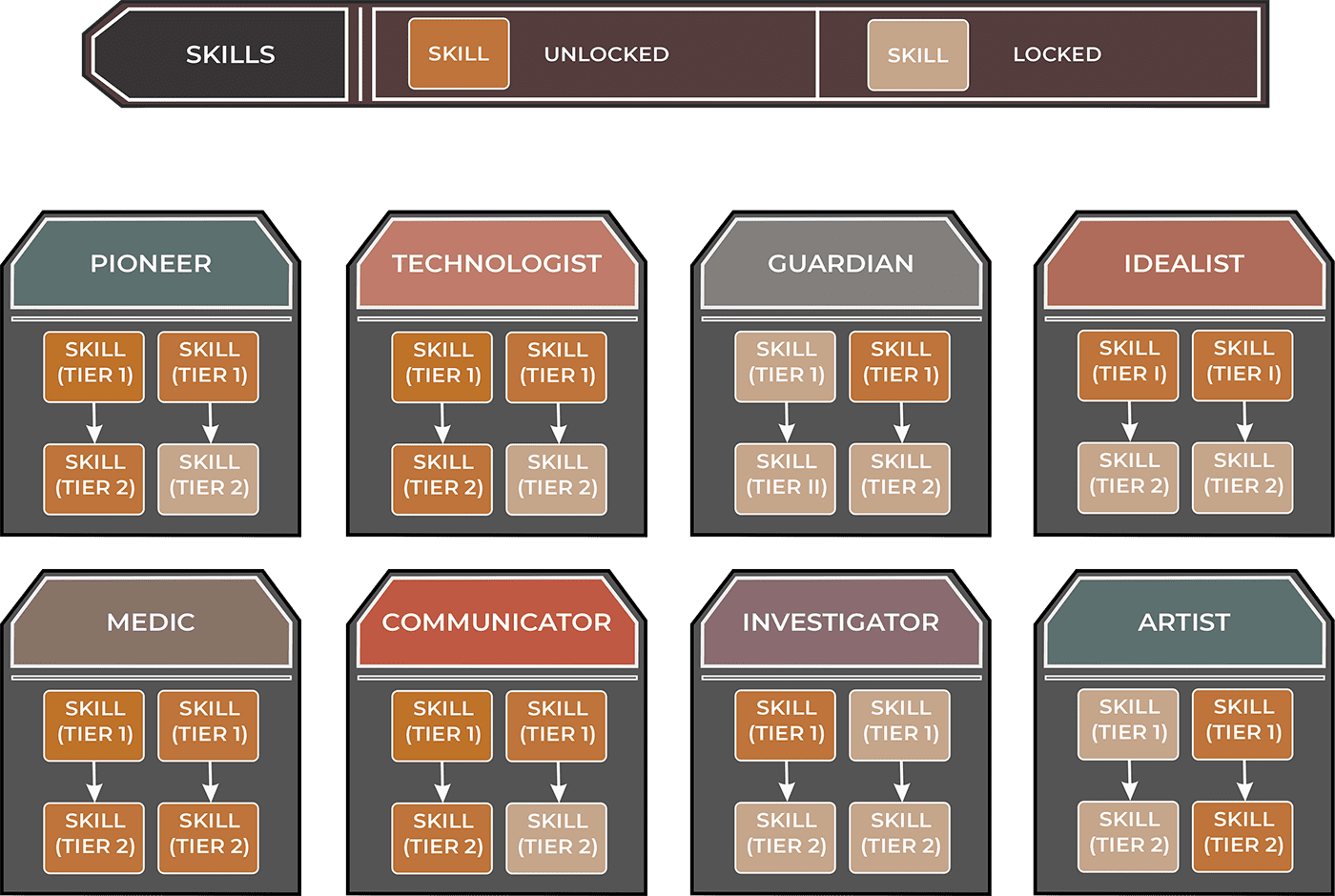 Futuverse Pass grants players with noticeable bonus content
Futuverse Pass grants players with noticeable bonus content
 Distribution of loot
Distribution of loot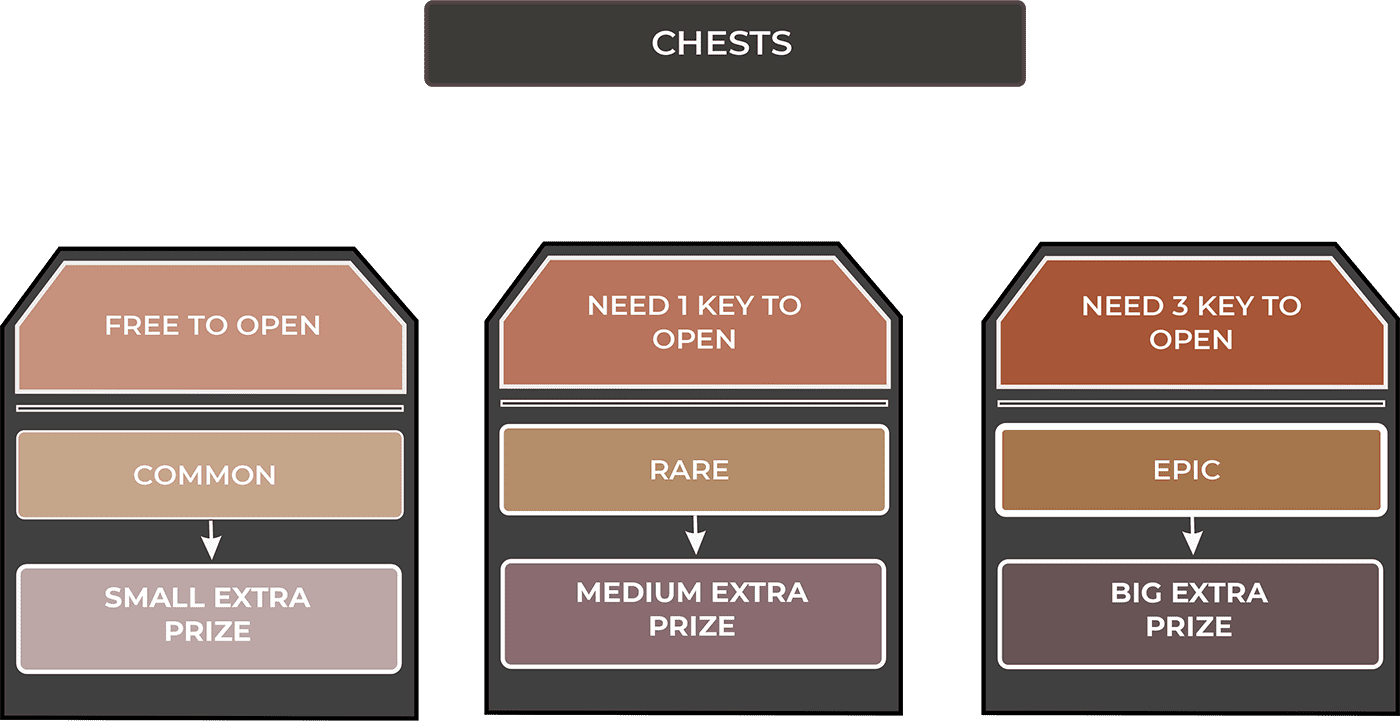

 Distribution of NFTs
Distribution of NFTs

